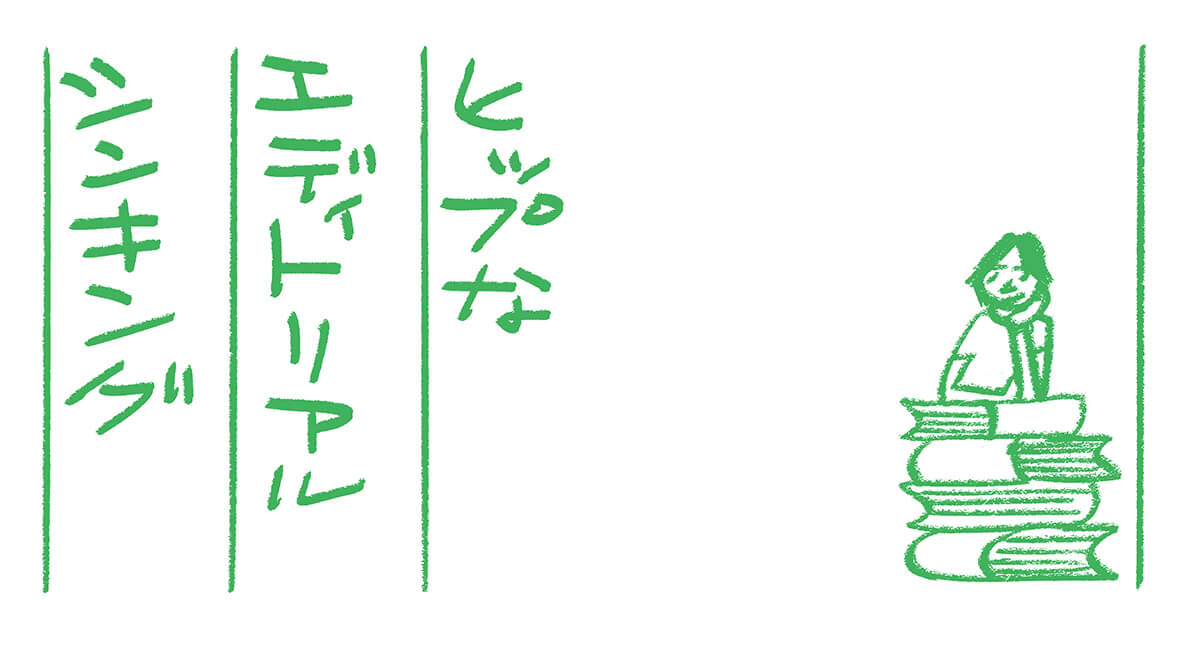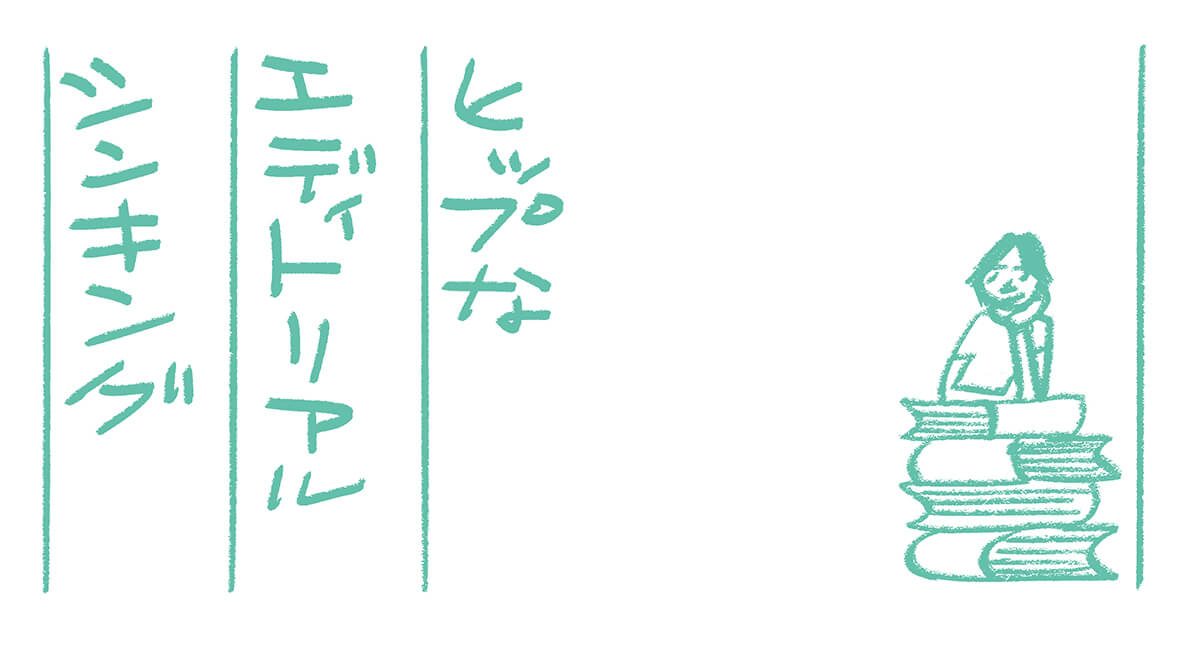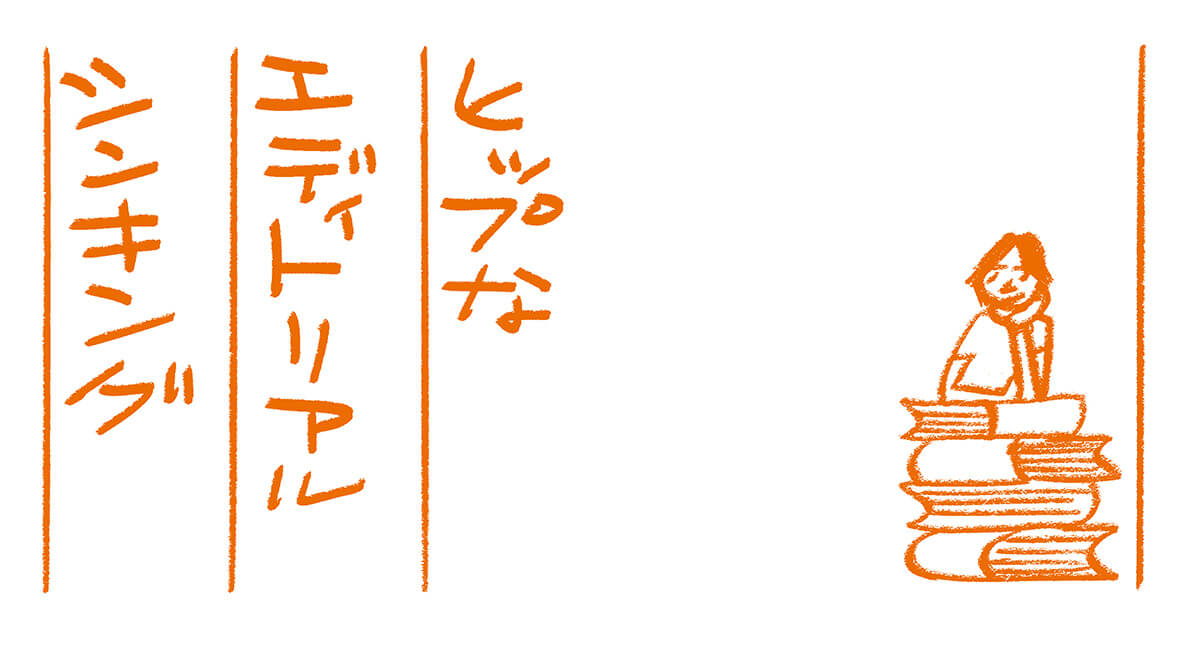The 14thLet's have an ideology.
It has been a long time since the end of the Showa War.
I was born less than 20 years after the war ended. . Even so, when I was a child, I often came across scenes that carried traces or shadows of the war. In the area where I grew up, there was a port area dotted with munitions factories, which was frequently bombed, so caves were dug in the nearby hills and used as air-raid shelters. I used to play there as a child, but a nearby man would threaten me, saying, "There are still a lot of unexploded bombs buried in that area, so it's dangerous.
At countryside festivals held in summer and fall, people who looked like wounded soldiers in military uniforms, with some of their limbs missing, laid out mats on the street and collected donations. Whether they were real soldiers or not is unclear nowadays, but it was a time when it was not surprising that such people still existed.
Drunken businessmen were singing military songs and pachinko parlors were playing the warship march. My father's and uncles' generation was the generation that knew the war.
Those who were born during the war are now in their later years. The Showa period has come a long way.
Some of the younger generation is unaware that they have been at war with the United States. For them, the Showa War, like the Crusades and the Reconquista, may be nothing more than a distant incident that took place in some distant country in the distant past.
Cities and towns throughout Japan were severely damaged in that war. Hiroshima and Nagasaki , where nuclear bombs were dropped, and Tokyo, where air raids took place, were literally burnt to the ground.
After its defeat in the war, Japan experienced a rapid growth that surprised the world due to a combination of multiple causes, including its hard-working people, the growth of the global economy, and the military boom that resulted from the Korean War and other events.
No copy has left a greater impact than the 1956 economic white paper, "No longer postwar . . from a time when people had little to eat , to a more cultured way of life. . This was the conversion point from the previous period of reconstruction and growth to modernization, and from this point on, the economy became the top priority. It is from this point on that Japan began to move inexorably toward becoming more affluent than anything else.
Three years later, in 1959, the IOC General Assembly in Munich decided that the Olympics would be held in Tokyo five years later.
The world is coming to Japan.
. Japan needs to get a lot of things in order in a big hurry.
In developing a city for the Olympics, there is neither enough time nor room for a grand design. Furthermore, Japan as a whole is financially strapped and does not have a plentiful budget. Priority will be given to infrastructure such as stadiums, bullet trains, and the Metropolitan Expressway. The cost of acquiring land for these projects had to be kept to a minimum, so the road was built as if it were a roof over the Nihonbashi bridge. There was no room for aesthetics. It would be an overstatement to say that the road had to be built in a big hurry, no matter what the appearance.
. in rural cities, national roads had not yet been paved. Not only budgets, but also supplies are in short supply. The poor rural areas were also flooding the cities with large numbers of people. Cities were expanding at random, and city planning was not keeping pace, with people building as they pleased in small areas. The infrastructure was built without any plan, such as utility poles, water and sewage systems, etc. The streets are narrow even for a single person. Even the roads are narrow. Some roads are so narrow that traffic is impeded by utility poles sticking out of the road due to interference from buildings. Dangerous house zones, where emergency vehicles such as fire trucks cannot enter, remain unchanged even today in the 21st century.
Nowadays, there are many areas in Tokyo where even cab drivers do not want to go because of the intricate narrow streets. I used to live in Kyodo, but the streets in that area of Setagaya Ward are so convoluted that even the locals have a hard time getting around, and I used to get a lot of disapproving looks from cab drivers when I would take a cab home at night.
. Tokyo is a city that has spread in a hasty and unintentional manner, giving priority to the economy.
Why are foreign supermarkets so much fun?
On the other hand, in medieval Europe, buildings were constructed over decades or centuries. The arches and carvings of buildings were made by craftsmen who spent a mind-boggling amount of time on each item.
Although this is not efficient in terms of today's speed, the time and aesthetic sense fostered there contributed to the subsequent development and maturation of urban design.
In the 20th century, a variety of regulations were prescribed for the design administration of cities around the world. In most cities, the colors and materials of buildings, not to mention signage, etc., protect the urban landscape as if they were protecting a cultural asset.
In urban areas in Europe and the U.S., one does not often see utility poles with power lines running over them. In London and Paris, the percentage of poles without wires is 1001 TP10T, and the wires run underground. Tokyo, on the other hand, has 81 TP10T.
The poles were buried underground because the law prohibited the construction of overhead wires due to electric shocks caused by bare wires, but there must have been an aesthetic sense at work as well.
. it is not fair to compare cities that have been built over hundreds of years with cities that were built within a few decades of being burned to the ground. Without the war, the Japanese landscape might have been different.
Or, if the direction of modernization during the Meiji period had not been toward the West, but rather toward a development that valued the unique culture and emulated the West only in its soft aspects, the urban landscape might have been different. If Kyoto had been able to carefully preserve its medieval architectural style, as it still does today, it would have attracted many people, not only to Kyoto, but to other regional cities throughout Japan. . It is not helped that they were burnt down in the war, though.
This Western aesthetic has also influenced general consumer goods, which may be the origin of the high level of design deviation in Europe and the U.S. . Many people enjoy supermarkets in other countries , and this may be one of the reasons.
Is having lots of stuff wealthy?
During the high-growth era, Japan has aimed for affluence by taking the fruit rather than the aesthetics. . This is not surprising, since immediately after the war, Japan was a developing country with nothing.
First, people worked hard to acquire the "three sacred treasures," the television, washing machine, and refrigerator, or rather, to seek further affluence beyond them. They purchased home appliances and cars one after another.
. buyers did not yet have the luxury of evaluating products in terms of design. Instead of aesthetics, the priority was to get the functionality of the product. Design was an afterthought.
. Of course, both home appliances and cars of that era have the hand of product designers. The home appliances of that era are nostalgic and tasteful even today. There are also those who prefer the products of this era.
This is not Maslow, but it is a stage that corresponds to the physiological and safety needs that are the starting point. It is the basic need for survival and the desire to live a safe and secure life.
It was only after a cycle in which all the necessities of life were available and new products were introduced every year that we were forced to differentiate our products and rethink their design. . We still have to wait a while before we see major innovations such as thinner televisions and vertical washing machines.
Rice cookers and hot water pots with large floral designs sat in homes in the 1970s, and picture-patterned refrigerators and washing machines were also sold. Licensed covers of European and American designers on telephones, toilet seat covers, and even slippers, all of which had such designers' logos, emitted a presence that was anything but modest.
Bedding and towels were always decorated with floral and other designs. These thoughtless designs were flooding the market, following the trend of mass consumer goods in the U.S., which wanted to catch up.
Not having gone through the Renaissance period, it may be that there is a lack of aesthetics on the manufacturing side, but the consuming side is not yet ripe either. The buyers also put a lot of emphasis on the added value of the name, such as the designer.
Every home was filled with furnishings and appliances of chintzy colors and designs. Mothers wanted to buy everything, and they did. . In those days, affluence meant having a lot of stuff. Salaries went up year after year, so there was more and more stuff in the house.
. this is the scene of a high-growth family.
If we make it, it will sell, and we will make it because it will sell . . Functions evolve year by year, and prices become more reasonable. However, there will be a ceiling at some point.
And today, we are inundated with things. All kinds of things have become commodities.
Materially speaking, we have certainly become richer. But what about ourselves, have we become richer?
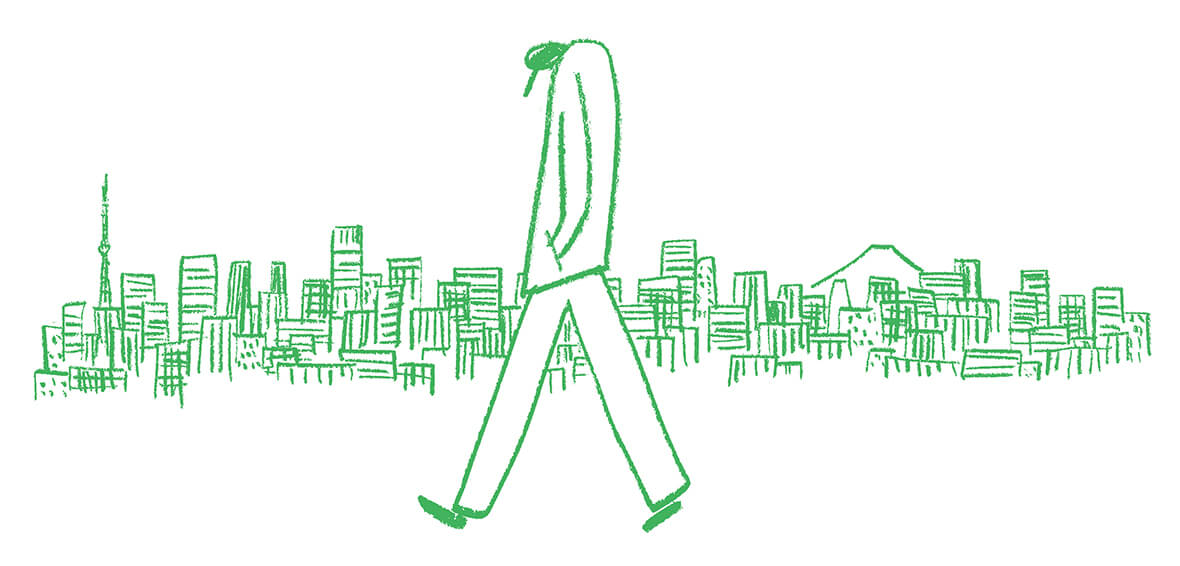
Nowadays , there is no house without a TV and a refrigerator. In the 1960s, neighbors still gathered in houses with TVs to watch professional wrestling while drinking cold barley tea. Today, there is a TV in every room of the house, and many households have one TV set for each person.
. and food is never a problem. There are rare cases of heartbreaking news of people dying of hunger for some reason , but they are rare cases. In this country of ongoing deflation, there are not a few restaurants where you can get a meal for a single coin. . If you go to a convenience store, it is a paradise from the point of view of people in countries that are frightened by the tyranny of dictatorship. . In fact, food waste has become such a social problem. Japan has the highest food waste rate in the world, with 152 kilograms of food thrown away per person per year.
From the faucet, hot water comes out when you turn it on.
. The present day is the utopia that my grandparents so desperately wanted to have but could not.
. but I feel like I'm being left out of something.
There is a ranking of happiness. In the annual survey conducted by the United Nations, Japan ranks 56th out of 149 countries in 2021, with Finland in first place and Denmark and other Nordic countries in second place, which is lower than Uzbekistan and El Salvador.
There is a ranking of happiness. In the annual survey conducted by the United Nations, Japan ranks 56th out of 149 countries in 2021, with Finland in first place and Denmark and other Nordic countries in second place, which is lower than Uzbekistan and El Salvador.
What are we so anxious and dissatisfied about?
I tried my best, gulped, and climbed to the top of the mountain we had all climbed.
The following six items are listed as factors that explain this level of happiness.
The country's three main factors are: gross domestic product per capita, social support, average healthy life expectancy at birth, freedom to choose life, generosity to others, and public perception that public officials are corrupt, corrupt, and corrupt.
Although the country's gross domestic product, social support, and life expectancy are similar to those of the top countries, its generosity to others has been particularly low in previous years, ranking 62nd (in the 2020 survey) on a stand-alone basis.
Looking at the recent flame wars and such, I am convinced that this is the case. A society that is in a state of crisis . An atmosphere in which it is difficult to assert what one wants to assert.
I do not intend to put all the blame on politics, but do we have politicians who have a vision of what they want to do with this country and what their grand design will be in the next 30 or 50 years?
Urban planning, manufacturing, and people's lives, much less the current Ukrainian crisis in Corona. . is there anyone in charge with big ideas and beliefs?
My company's philosophy, "Let's make the world hip," is to make the world a little better by working with a certain set of beliefs.
Creating a magazine without a creed, or in today's terms, media creation, will not create a core fan base. . This is true in any field of work.
If you want to leave your mark on the world, even a small one, it is essential to have ideas and beliefs.
PROFILE
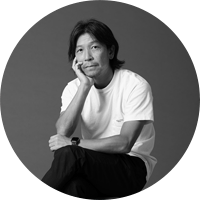
After working as a freelance editor, he founded Lino Inc., a production company that handles editing and production, etc. In 2004, he launched HOUYHNHNM.


